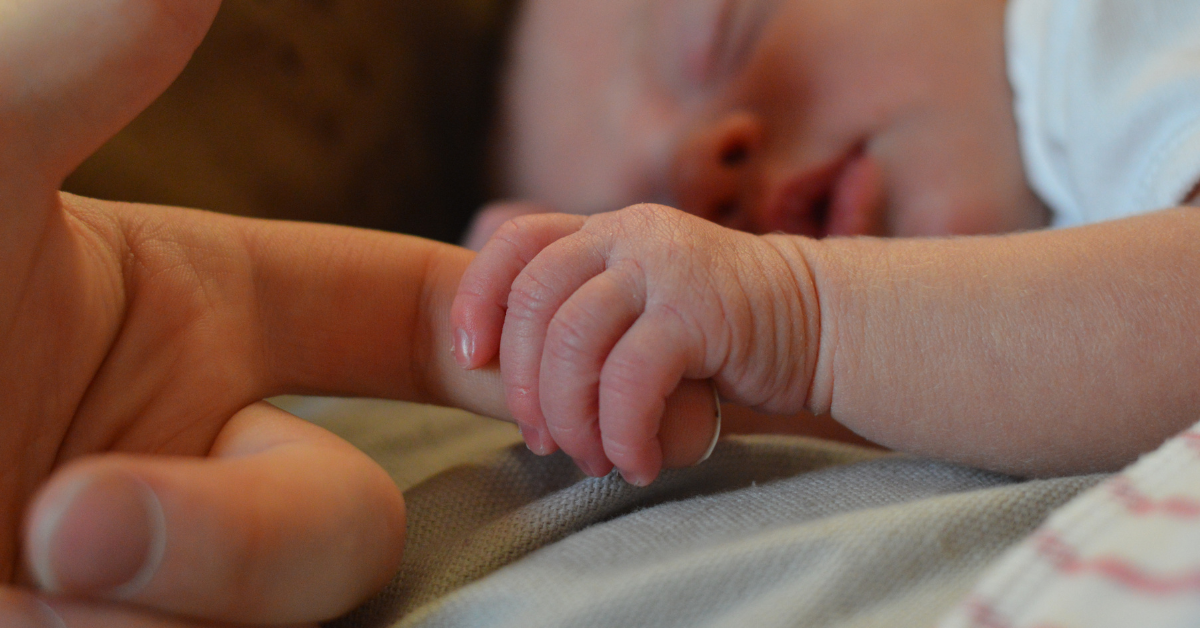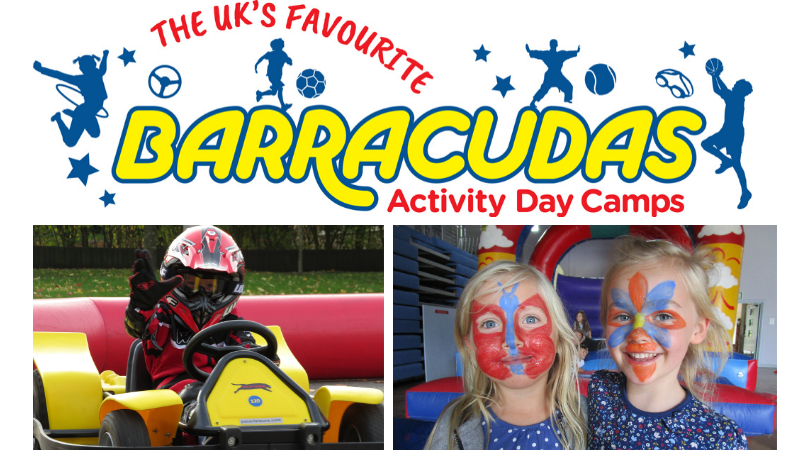
From Screen to Toybox: Using PAW Patrol to Build Kinder Daily Routines

*Collaborative Post
Many parents notice how quickly their children pick up habits from what they watch. Of all the modern kids’ shows, PAW Patrol has become one of the children’s top favourites. When a child sees their favourite pups racing to help others, they often want to act out the same stories—usually with PAW Patrol toys and merchandise.
PAW Patrol has become a part of many homes because of its interesting characters, catchy songs, and simple stories. The brave pups teach children about teamwork, caring, and staying organised. When children play with PAW Patrol toys, they often repeat what they have seen, which can help them learn steady habits without even realising it.
It may seem surprising, but the right toys can make a significant difference in developing good habits for children.. PAW Patrol toys offer children the opportunity to learn through play while fostering a connection to something they love.
How Shows Like PAW Patrol Shape Daily Routines
Children copy what they see because it feels safe and familiar. When a child watches PAW Patrol, they see examples of helping and solving problems in simple ways they can understand. These stories stay in their minds and often show up later when they play.
Many parents have seen their child act out a rescue mission or use phrases the pups say. This type of play helps develop early skills, including waiting, taking turns, and following steps. Even small moments of pretend play can teach children how to handle fundamental tasks with more confidence.
Some children enjoy watching the same episode many times because it helps them feel secure. Repeating favourite scenes allows them to know what comes next, which is essential for learning a steady routine. They begin to link pretend actions with everyday tasks, such as cleaning up toys or getting ready for bed.
In addition, mighty pups toys give children a way to re-create special episodes where the pups have extra powers. Using these toys can make small tasks feel more exciting. A child might pretend to have strong powers while packing up their toys or brushing their teeth, which keeps them interested and proud of what they can do.
Choosing the Right PAW Patrol Toys
Parents have a wide range of PAW Patrol toys to pick from, and each one can play a different role in daily routines. Small figures are suitable for younger children because they fit easily into their little hands. Larger playsets or vehicles can help older children create longer stories that hold their attention.
It’s helpful for parents to think about when and how a toy will be used during daily routines. For instance, a figure can be placed on a shelf near the bathroom sink as a friendly reminder to wash your hands. A playset can become part of a morning plan where the pups “get ready” before school. Linking toys to daily steps often makes those moments smoother and less of a struggle.
Children often feel calmer when they know what to expect. Having the same toy involved each day can give them something steady to look forward to. It also helps them see routines as something fun instead of a list of chores.
Some families keep a special toy that comes out only during challenging times, such as bedtime or cleaning up. This approach can motivate a child to follow the routine without needing constant reminders. Over time, the toy can become a trusted helper that guides children through their day.
Creating a Daily Plan Inspired by PAW Patrol
A daily plan doesn’t need to be fancy to work well. Many parents start with a simple schedule that uses the show’s themes of teamwork and helping others. Children enjoy thinking of their day as a mission, just like the pups.
Toys can help signal each part of the routine. A pup figure near the toothbrush holder can show it’s time to clean your teeth. A vehicle by the door can mean it’s time to put on shoes and head out. These little hints often work better than repeated instructions because they feel like part of a story.
Keeping things steady is helpful, but it’s also smart to let children have some say in what happens next. Offering a choice between two toys or two tasks can make them feel more in control. When children feel included, they’re more willing to join in without a fuss.
Extra time for play after finishing a task can be a great reward. Many children feel excited to finish their ‘mission.’ Knowing they’ll get to act out a rescue later keeps them motivated. This link between effort and fun helps good habits grow over time.
Encouraging Positive Behaviour Through Play
Many parents find that praise makes routines stick. A simple “Well done” or a high-five after a task helps children feel proud and eager to try again next time. Small rewards, such as stickers or an extra story before bed, can also help maintain their interest without causing stress.
Joining in the play can make daily tasks feel like a shared adventure. When a parent pretends to be Ryder or another pup, children often listen more closely and stay engaged. It feels more like time together than a lesson, which builds trust and connection.
As children grow and develop, routines often need to change. What works for a toddler might feel too simple for an older child. Staying flexible means parents can adjust plans while still keeping the sense of fun and safety that children need.
It helps to watch for signs that a routine needs a new twist. Adding a fresh toy or trying a different story theme can bring back excitement. Children love it when their routines feel special and new while still feeling safe.
Final Thoughts
PAW Patrol isn’t just a show; it can also be a tool to help children develop lasting habits. Turning screen time into playtime makes everyday tasks feel friendly and less stressful. Parents who incorporate toys and stories into their daily lives often find that routines become easier to follow. It’s worth taking the time to watch your child grow with a bit of help from their favourite pups.
*This is a collaborative post. For further information please refer to my disclosure page.




